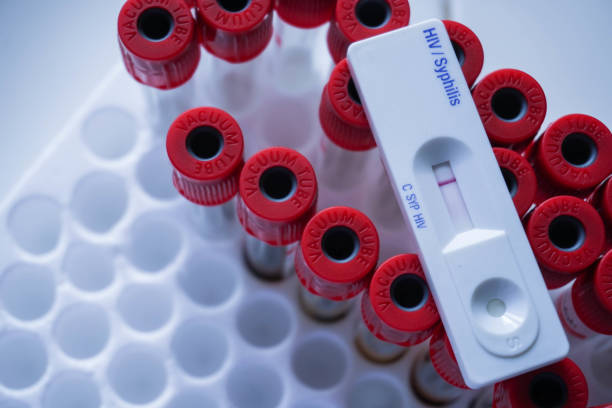The 7 World's Most Dangerous Roads: A Perilous Journey
Best Airline Rewards Programs for 2024: Enjoying Travel Perks
How to Choose the Right Air Fryer for Your Kitchen?
The Best Kitchen Tiles in 2024: Brands, Types and Prices
10 Fun Mental Health Activities To Boost Your Well-Being
Conscious Vs Subconscious Mind: What's The Difference?
9 Fun Thanksgiving Games and Activities: Bringing Laughter to the Holiday!
HIV Prevention and Treatment
The horrific reality of contracting HIV was once a tragic death sentence. However, in recent years, advances in treatments and knowledge of prevention methods have transformed the disease into a manageable, chronic condition. Knowledge of these prevention strategies and treatment options is key to tackling this serious health problem.
The horrific reality of contracting HIV was once a tragic death sentence. However, in recent years, advances in treatments and knowledge of prevention methods have transformed the disease into a manageable, chronic condition. Knowledge of these prevention strategies and treatment options is key to tackling this serious health problem.

The primary goal of HIV prevention is to block the routes of transmission of the virus. Sexual transmission remains the most common, so widespread condom use and promotion is needed. Regular HIV testing is also recommended, especially for sexually active people with multiple partners. Another important prevention strategy involves intravenous drug use, and needle and syringe exchange programs are promoted to reduce potential risk. Pre-exposure prophylaxis (PrEP), a medication taken daily by HIV-negative people, has been shown to be an effective way to reduce the risk of infection in high-risk groups.
When it comes to HIV treatment, antiretroviral therapy (ART) has revolutionized the prognosis of diagnosis. ART involves taking a combination of HIV medications daily, which enables HIV-positive people to live long and healthy lives by reducing viral load and improving immune response. The goal of these treatments is to suppress the virus, meaning that the virus is no longer detectable in the blood. In addition to improving personal health, a reduction in viral load can significantly reduce the risk of HIV transmission, further highlighting the intrinsic link between prevention and treatment.
The fight against HIV/AIDS remains a huge challenge that requires global solidarity and sustained efforts. While there may not yet be a clear cure, understanding, approaching and applying these prevention measures and treatment options can help turn the tide in this battle.












